41 causal chain diagram
Assignment 4: Build on causal chain diagram and spreadsheet with assumptions for your group's example. Tasks will be to 1) describe benefit relevant indicators for each service you are planning to quantify, 2) note the social context information you would like to have, 3) develop an alternatives matrix In this context, purpose of this work is to construct a Causal Loop Diagram, through the application of System Dynamics (SD) principles, for the definition of the cause and effect relationships between the several factors which define a typical F&A Retail Supply Chain.
Causal diagram A causal diagram is a directed graph that displays causal relationships between variables in a causal model. A causal diagram includes a set of variables (or nodes ). Each node is connected by an arrow to one or more other nodes upon which it has a causal influence.
Causal chain diagram
The complete causal chain overall: (The detail in this diagram is inserted so that we can see every piece of the process, so that we can see the opportunities to intervene and where we change things.) Part I. Sensing, matching, sending (Automatic) A. Something occurs --> Brain "sees" it --> W38 - Introduction to Causal Loop Diagrams - Excerpt from Supply Chain Dynamics - SC3x Causal loop diagrams are very helpful in capturing and communicating sources and implications of feedback within a complex system for an individual or for a team. Event-driven process chain diagrams are also used to configure an enterprise resource pla Causal Chain Sample. ... Event-driven process chain diagrams are also used to configure an enterprise resource pla Fishbone Diagram Example. Fishbone Diagram, also referred as Cause and Effect diagram or Ishikawa diagram, is a fault finding and problem ...
Causal chain diagram. Mar 19, 2012 · The structure of a causal diagram is derived from knowledge about how the world works, as well as from statistical evidence. A single diagram can be used to characterise a whole research area, not just a single analysis - although this depends on the degree of consistency of the causal relationships between different populations - and can therefore be used to integrate multiple datasets. VP Online features a powerful Causal Loop diagram tool that lets you create Causal Loop diagram easily and quickly. By using the flexible connector tool, you can create curves in a snap. Shapes can be moved and connected with drag and drop. Diagrams can be saved in our cloud workspace, and be output as PNG, JPG, SVG, PDF, etc. Causal loop diagrams to systematically analyze market power in the Belgian sugar value chain. Katharina Biely 1 , , , Erik Mathijs 2 , Steven Van Passel 1,3. 1. Centre for Environmental Sciences, Faculty of Business Economics Hasselt University, Hasselt, Belgium. 2. The tool, the causal loop diagram (CLD), is a foundational tool used in system dynamics, a method of analysis used to develop an understanding of complex systems. Dr. Jay Forrester of MIT's Sloan School of Management founded system dynamics in the 1950s and his book Industrial Dynamics was groundbreaking.
Long causal chains The diagram below shows one such causal chain (strand). Giga-fren. The nature of this causal chain is the subject of contention. WikiMatrix. I' m gonna break the causal chain! opensubtitles2 • Key lines of inquiry for each target group, stakeholders, and step in causal chain. Answer (1 of 5): There are not many particularly good programs out there for this purpose. I have settled on using Vensim by Ventana Systems. It is used for system dynamics modeling, but it has mapping capability that is easy enough to use that I do it live in online group modeling meetings. The ... Causal diagrams Diagrams consisting of variables connected by arrows or lines are widely used in epidemiology, either formally as in the Directed Acyclic Graph (DAG) literature, or informally as influence diagrams, to depict relationships that are relatively complicated and so are considered to deserve illustrating in this way. Consequences -higher academic rigor -feel connected to peers -expand social networks through sororities and fraternities -social norms -31% more likely to miss class -23% higher rate of falling begin on school work -22% more likely to have unplanned sexual activity -50% more
Causal Loop Diagram. Use Creately's easy online diagram editor to edit this diagram, collaborate with others and export results to multiple image formats. You can edit this template and create your own diagram. Creately diagrams can be exported and added to Word, PPT (powerpoint), Excel, Visio or any other document. Causal Chain. A causal chain is the path of influence running from a root cause to problem symptoms. Each link in the chain repressents something in the real world. At one end of the chain is the root cause. At the other end is the symptoms it causes. The many links between the two ends are the intermediate causes. How this works is explained in this diagram: Overall, the development of the causal chains through the analysis inevitably led to the commercial policy of the company as the key causal factor at the final link . understand the causal mechanism underlying transition from desirable to undesirable condition, and to identify the root ... Every link must work in a chain of causes 8. Use Occam's razor to decide between hypothesis ... Steps to Creating a Fishbone Diagram . Using a flip chart, Microsoft Word or Visio, etc. 1. Draw a fishbone head and spine.
Causal Chain Diagram. Here are a number of highest rated Causal Chain Diagram pictures on internet. We identified it from obedient source. Its submitted by government in the best field. We take this kind of Causal Chain Diagram graphic could possibly be the most trending topic in the same way as we allocation it in google improvement or facebook.
by N Gross · 2018 · Cited by 12 — the author examines the nature of causal chains, identifies major ... paragraph or simple table or diagram to this effect, as long as it mapped chain ...
Causal diagrams • typically "causation"here means that one variable affects the magnitude, probability and/or severity of the next variable • start simple; build up - reduction and expansion -pragmatic • diagrams are suitable for both qualitative and quantitative analysis • a diagram is not like a single study, it's more like a
Donald Kunze / The Causal Chain 1 THE CAUSAL CHAIN When Slavoj Žižek talks about the extimate, and hence when we take up those topics that are primarily conditioned by the extimate (the uncanny, detached or "noncontiguous" virtuality, reversed predication, etc.), he emphasizes the fact that the "causal chain" itself has been
Causal Chain Analysis (CCA), often also called Root Cause Analysis (RCA), is closely related to systems thinking and the DPSIR approach. At its most basic, a ...
chain: X !Y !Z fork: Y X !Z inverted fork: X !Z Y Parents (Children): directly causing (caused by) a vertex i !j Ancestors (Descendents): directly or indirectly causing (caused by) a vertex i !! j Path: an acyclic sequence of adjacent nodes Causal path: all arrows pointing away from T and into Y Non-causal path: some arrows going against causal ...
"A root cause is an initiating cause of a causal chain which leads to an outcome or effect of interest. Commonly, root cause is used to describe the depth in the causal chain where an intervention could reasonably be implemented to change performance and prevent an undesirable outcome." [Root cause. Wikipedia]
reduces neuron diagrams to black-box boolean functions, when in fact they provide much more causal information. When adapted to neuron diagrams, Lewis's causal chain de-scription of causation [11] utilizes this information to iden-tify causes in preemption problems that are more consistent with intuition.
Causal diagrams that indicate the relationship between variables have been developed in recent years to help interpret epidemiological relationships.3,4 Because the diagrams depict links that are causal and not merely associational,5–7 they lend themselves to the analysis of confounding and selection effects.
A cause-effect diagram is a visual tool used to logically organize possible causes for a specific problem or effect by graphically displaying them in increasing detail, suggesting causal relationships among theories. A popular type is also referred to as a fishbone or Ishikawa diagram. Cause-Effect can also be diagrammed using a tree diagram.
First, know What Reality Is and how it works - and The Physics Of Life - and the basic truth that everything is sequential, in a chain of causes. There are other equivalent words for a chain or a sequence: Routines = programs = procedures = processes = sequence of data. THE ENTIRE CAUSAL CHAIN. Perception, Signaling --> Emotion --> Decide ...
Guidelines for Drawing Causal Loop Diagrams By: Daniel H. Kim The Systems Thinker, Vol 3, No 1, pp5-6 (Feb 1992). The old adage "if the only tool you have is a hammer, everything begins to look like a nail" can also apply to language. If our language is linear and static, we will tend to view and interact with our
DAGs (directed acyclic graphs) The basic actions needed to construct a causal DAG are: Add variables for the exposure/intervention and the outcome. Add all other variables for which data was collected or is expected to be. The causes of any one variable currently in the diagram may be included as additional (unmeasured) variables, but suspected causes of two or more variables should be included.
Event-driven process chain diagrams are also used to configure an enterprise resource pla Causal Chain Sample. ... Event-driven process chain diagrams are also used to configure an enterprise resource pla Fishbone Diagram Example. Fishbone Diagram, also referred as Cause and Effect diagram or Ishikawa diagram, is a fault finding and problem ...
W38 - Introduction to Causal Loop Diagrams - Excerpt from Supply Chain Dynamics - SC3x Causal loop diagrams are very helpful in capturing and communicating sources and implications of feedback within a complex system for an individual or for a team.
The complete causal chain overall: (The detail in this diagram is inserted so that we can see every piece of the process, so that we can see the opportunities to intervene and where we change things.) Part I. Sensing, matching, sending (Automatic) A. Something occurs --> Brain "sees" it -->
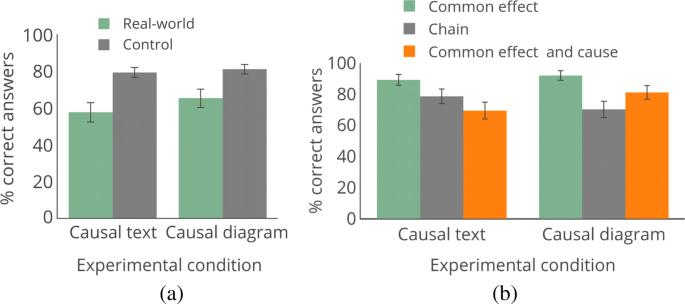

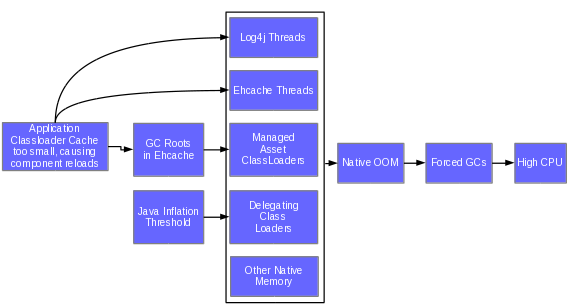




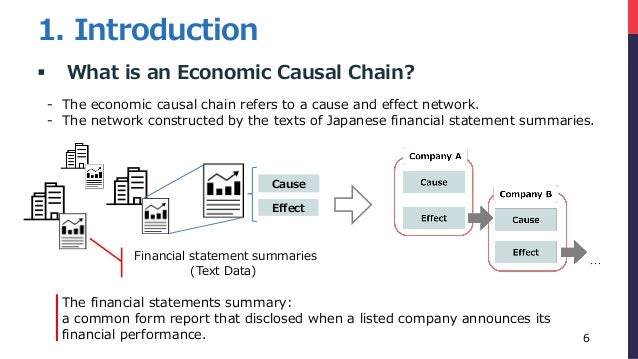


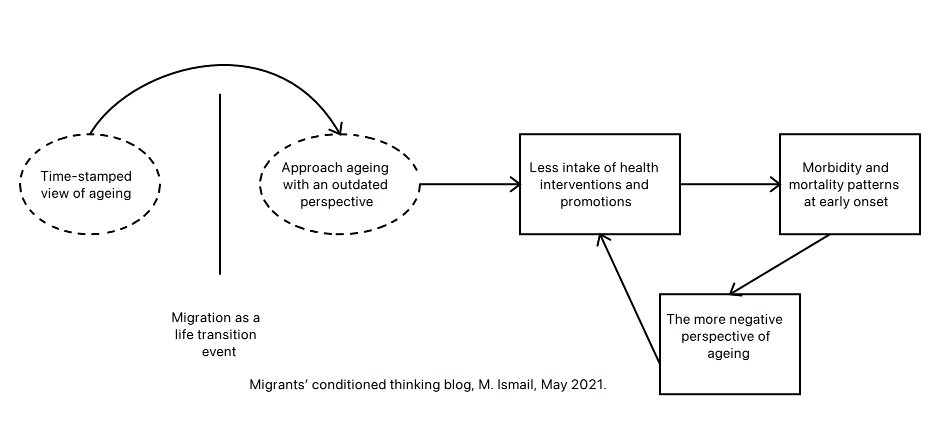






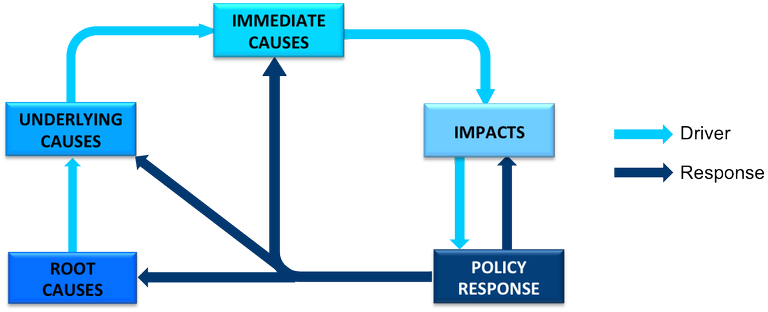



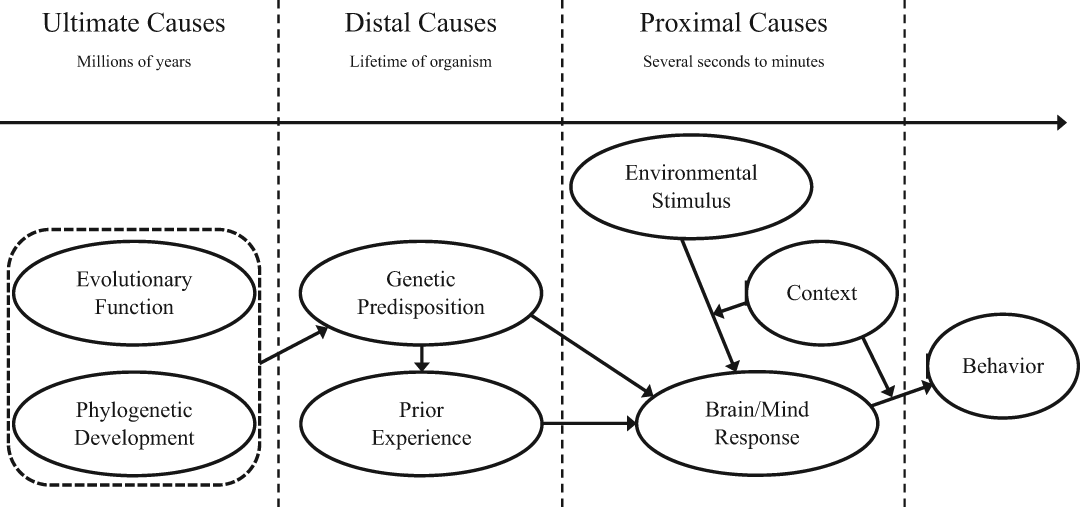


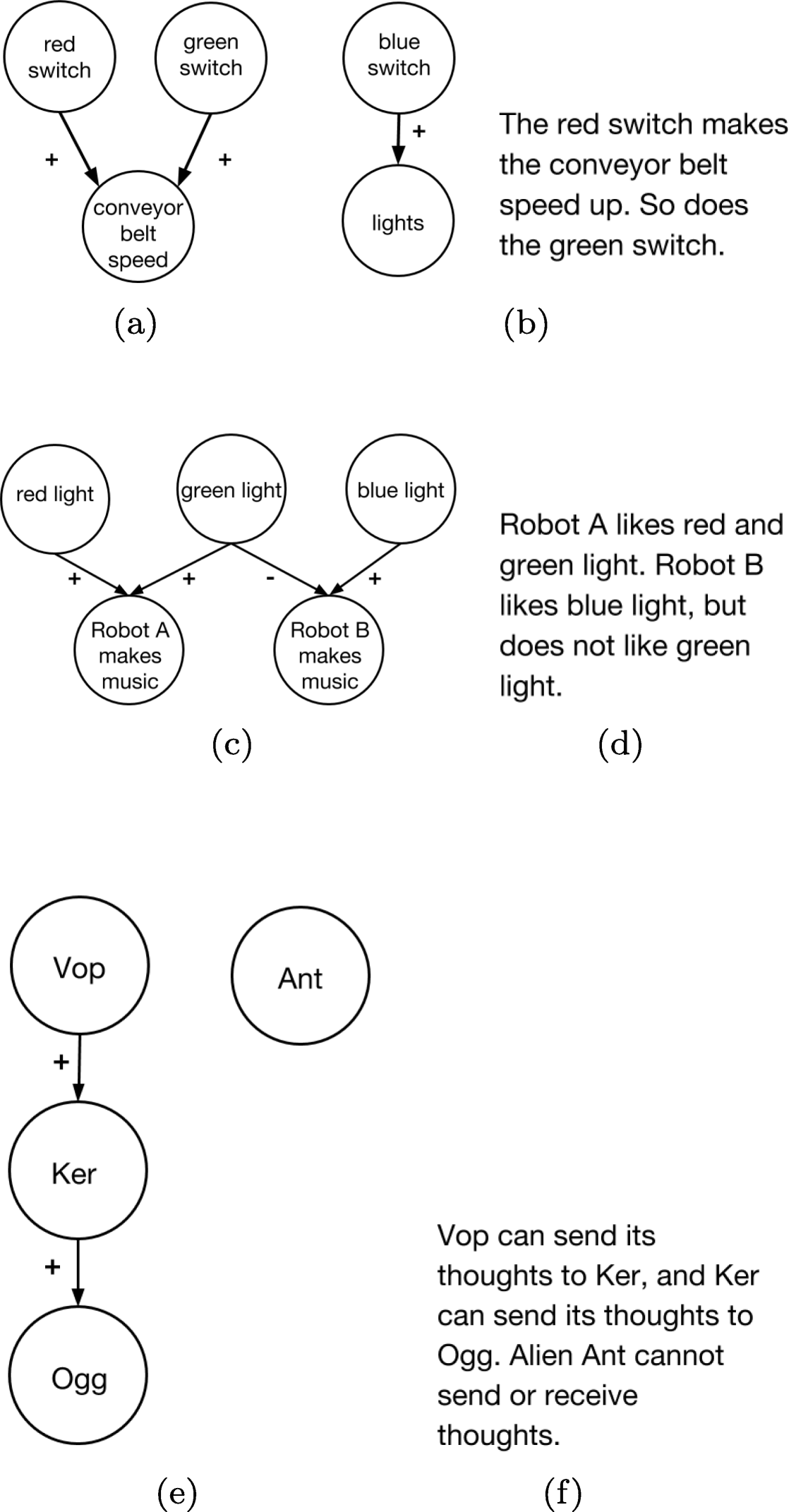
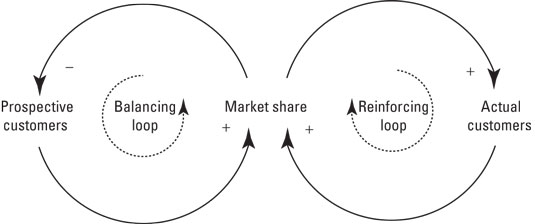

![3.3.8] Ibn Sina on Causal Chain – Philosophy Models](https://philosophyuml.files.wordpress.com/2021/05/avicenna-on-causation-2.png)

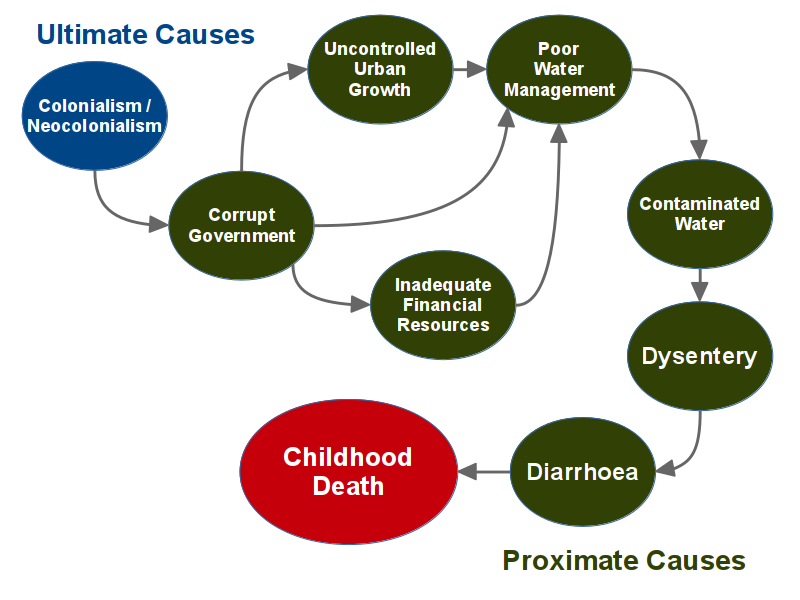

Comments
Post a Comment